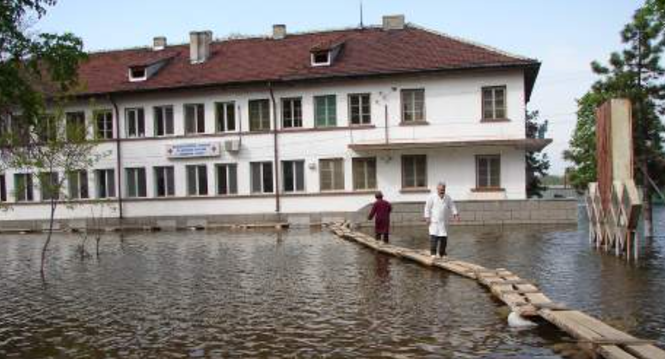
Over the past few years, the European Union (“EU”) has been considering the manner in which its Member States receive external disaster assistance, both from within and outside the EU (please click here for a summary of the IFRC’s involvement in the issue in 2010). Following the European Council’s conclusions of December 2010 calling on the European Commission and EU Member States to pursue their efforts in the field of host nation support, the EU Civil Protection Committee approved the EU Host Nation Support Guidelines on 18 January 2012 (“HNS Guidelines”).
Mr Antonín Petr, a National Expert at the European Commission’s Directorate-General for Humanitarian Aid and Civil Protection, explains that the EU Civil Protection community “felt that it was time to reflect more on the Member States’ capabilities to receive and organise international assistance in their own territory in the event of a disaster which overwhelms their national capabilities, in other words to increase the Member States’ capabilities as the host nation.”
The HNS Guidelines are intended to support and assist affected states in receiving international assistance, whether in the preparedness or disaster response phases. They highlight key actions to be taken in relation to emergency planning, emergency management and coordination, logistics, transport and legal and financial issues. Although they are non-binding, states participating in the EU’s Civil Protection Mechanism are encouraged to apply these Guidelines in the course of operations within the EU and in cases of bilateral assistance. A checklist setting out steps to address potential obstacles is annexed to the HNS Guidelines, as are template documents for requesting and offering international assistance. The IDRL Guidelines are also expressly mentioned as one of the documents relevant to the HNS Guidelines, and Mr Petr highlights the IFRC publication, “Analysis of Law in the EU and a Selection of Member States pertaining to Cross-Border Disaster Relief”, as having been a key reference document for the HNS Guidelines’ drafters.
In view of the complexity of the issues addressed in the HNS Guidelines, Mr Petr feels that one of the biggest challenges faced by the drafters was “to meet and satisfy all the various aspirations and expectations of the 31 states participating in the EU Civil Protection Mechanism.” Mr Petr also relates that, in order to support the gradual implementation of the HNS Guidelines, they have become an integral part of the Civil Protection trainings, exercises and lessons learnt programme.
These developments closely follow a recent European Commission proposal to revise existing Civil Protection legislation in order to improve disaster prevention, preparedness and response. In particular, the Commission is looking to establish an Emergency Response Centre to coordinate relief delivery and keep EU Member States informed.